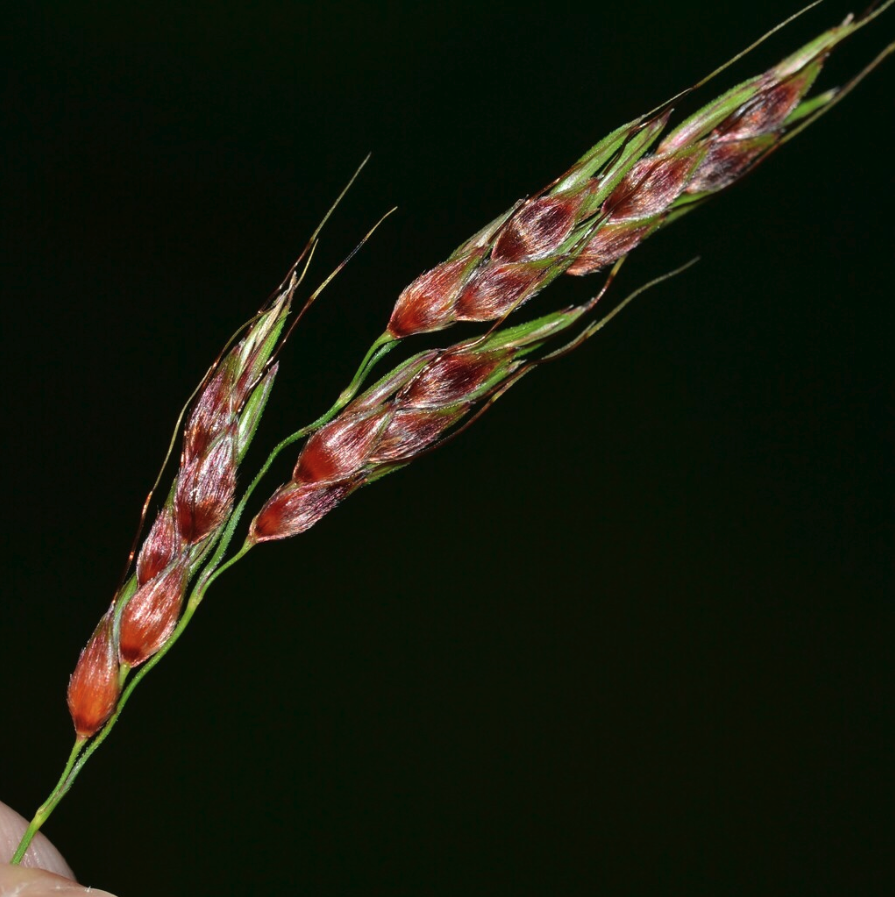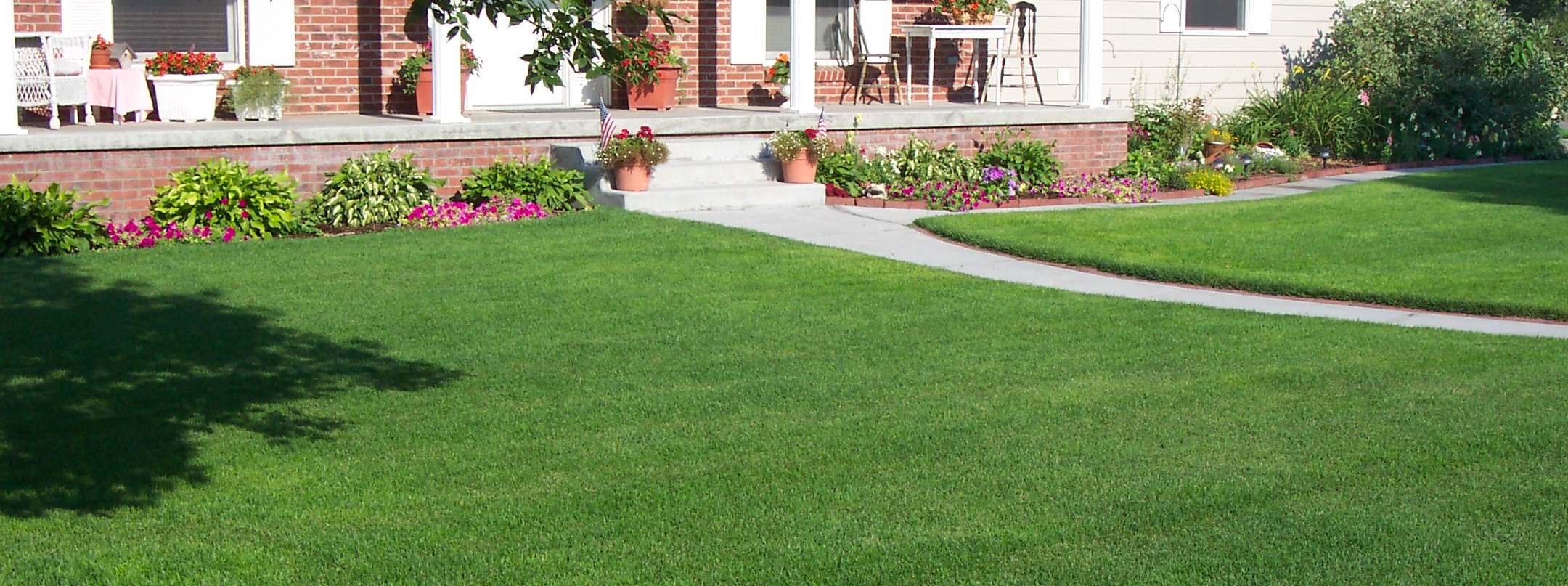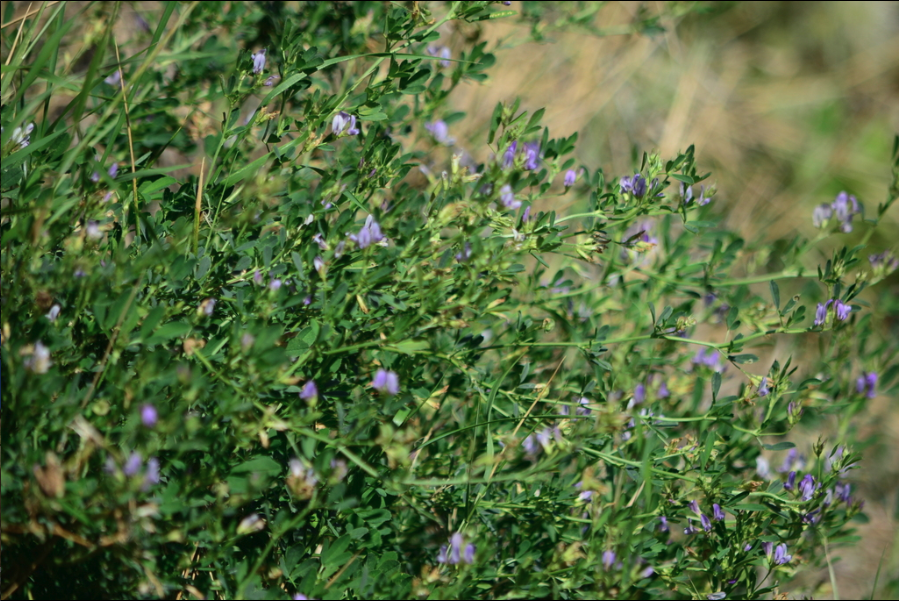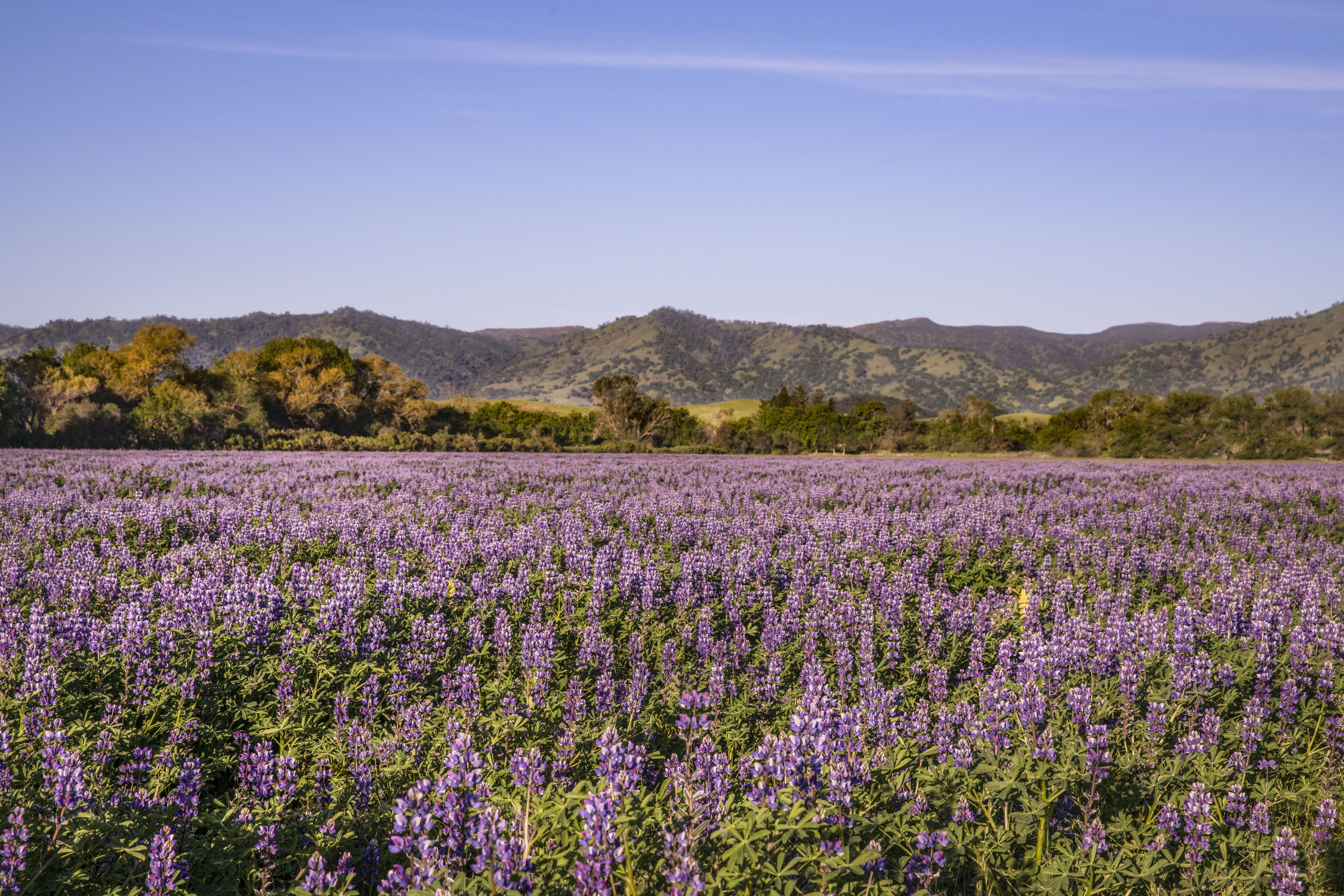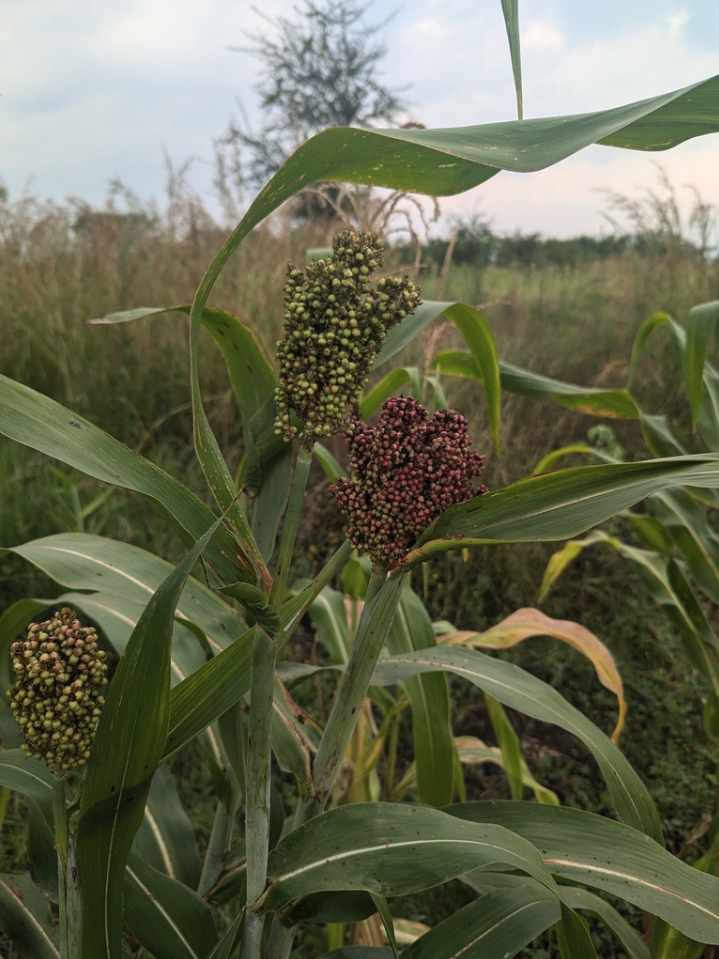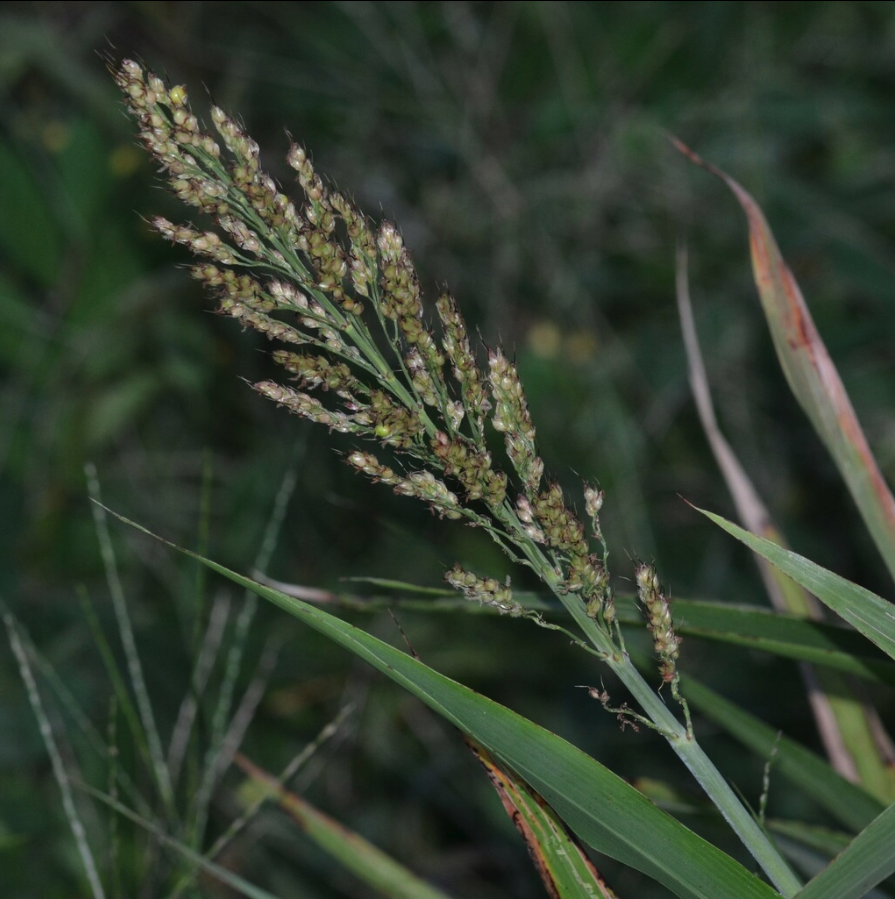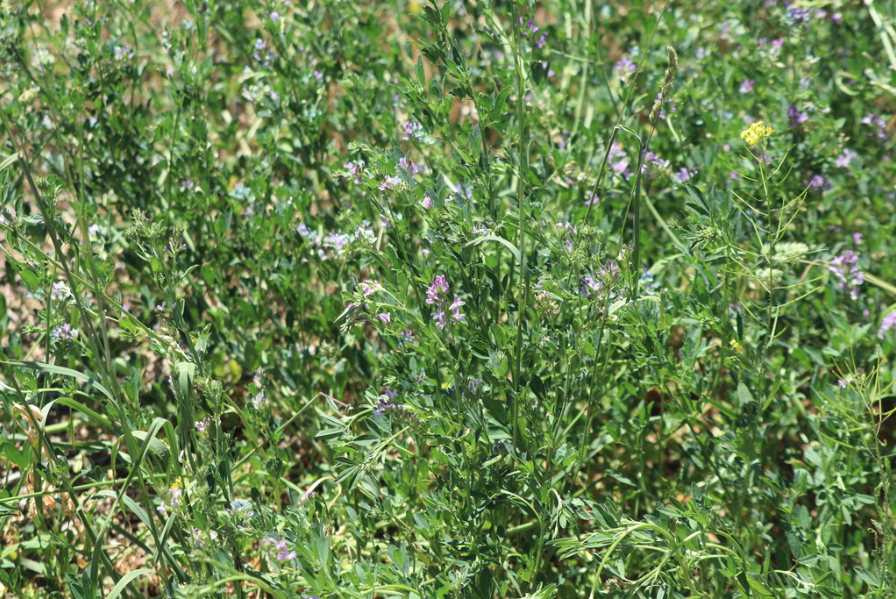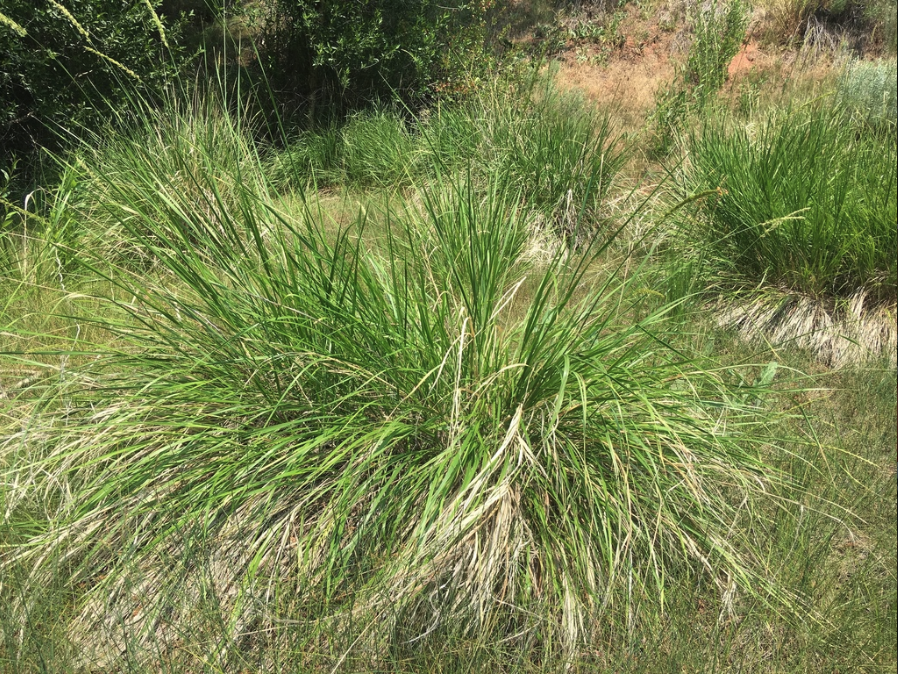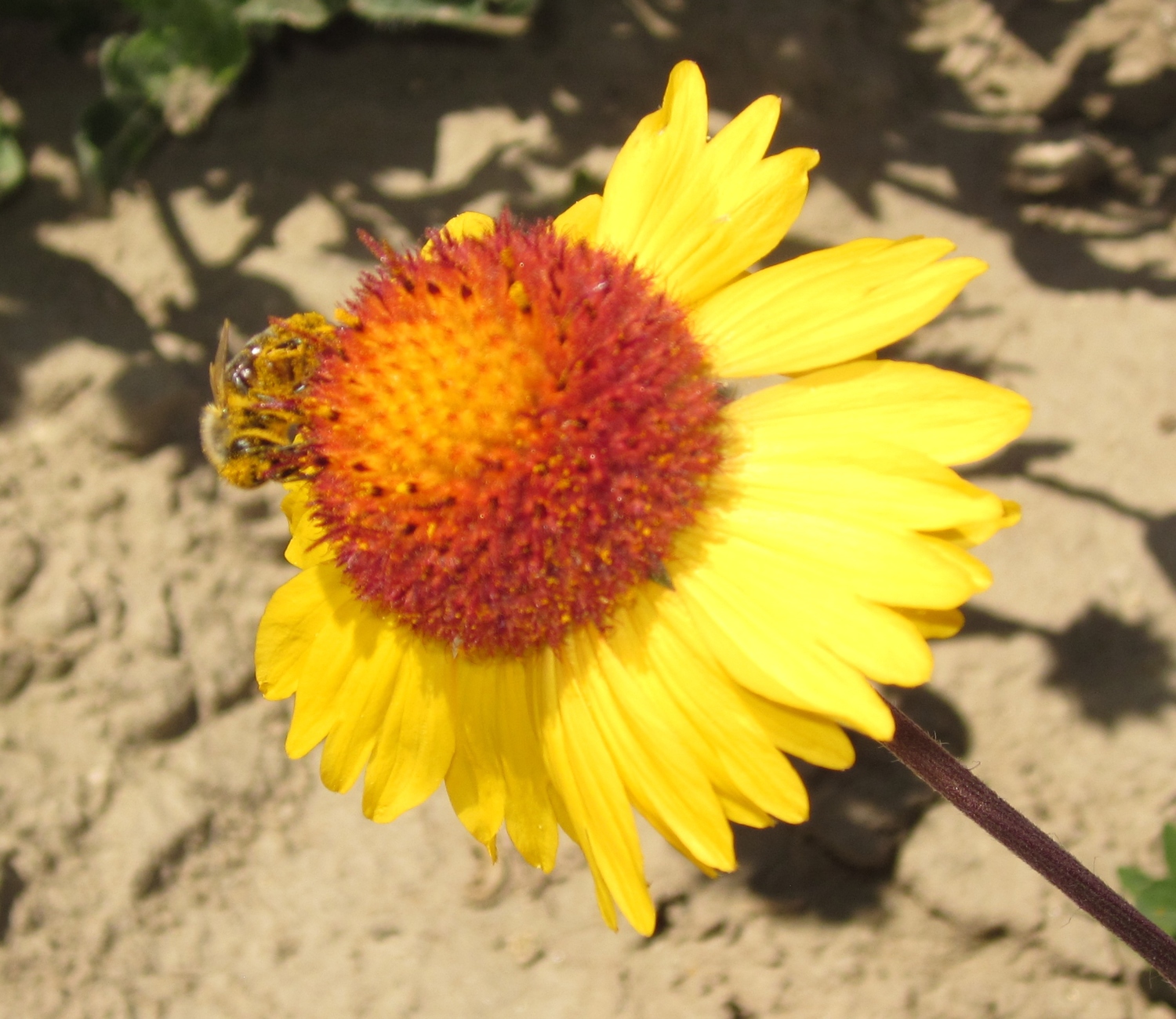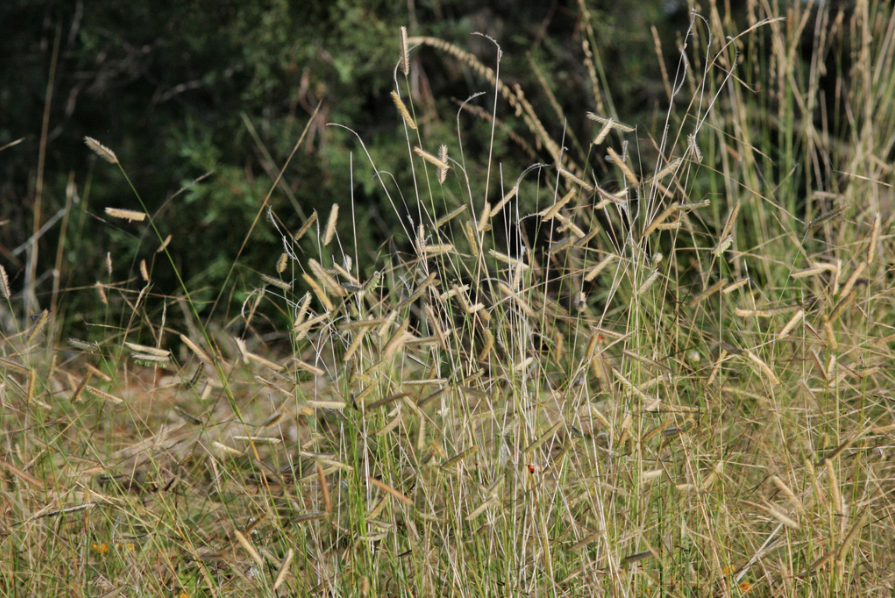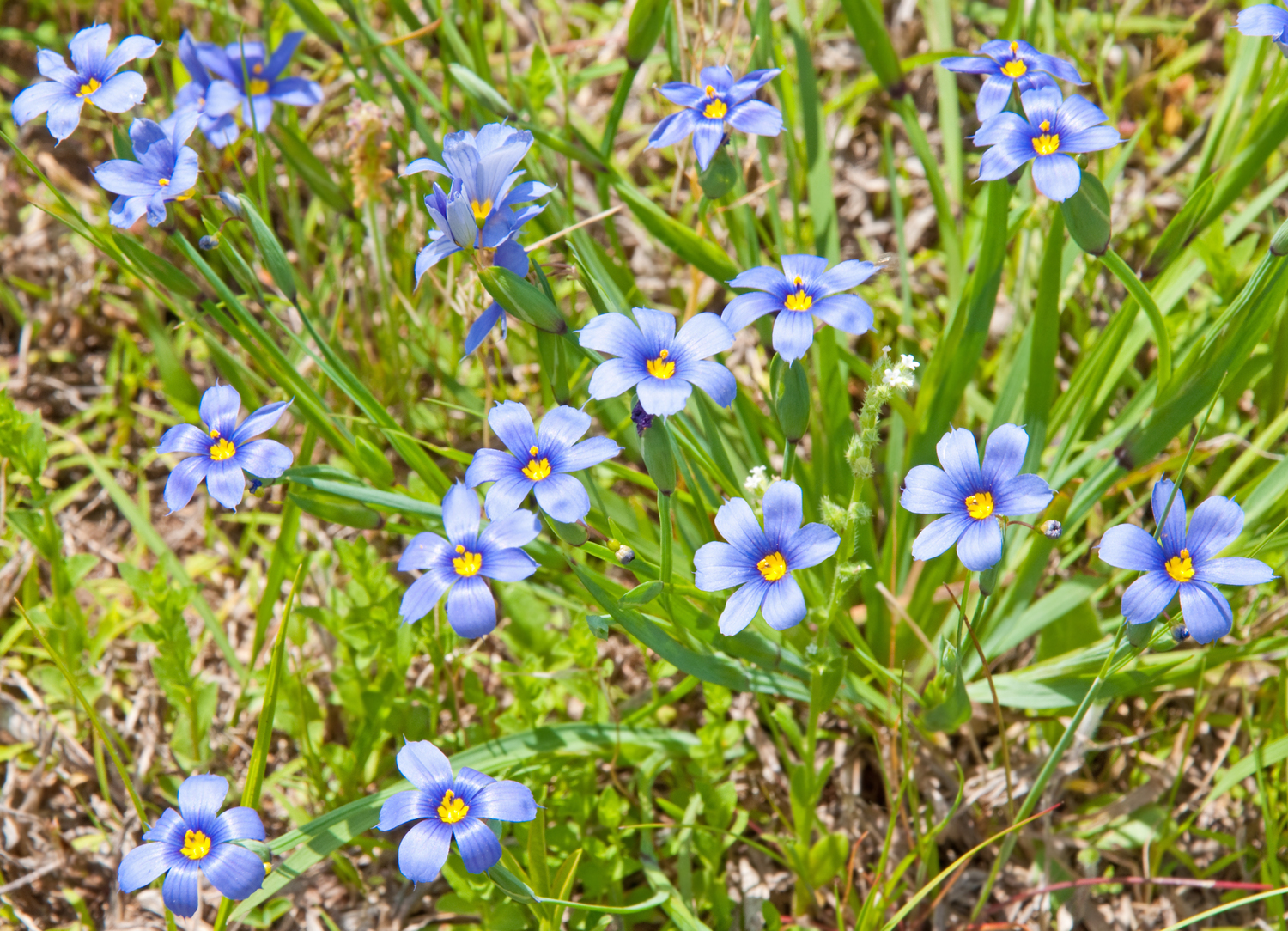Food Plot seed products
Most Popular House Seed Mixes
In stock and ready to go, below are some of our most popular Food Plot seed mixes. NativeSeed Group offers a wide variety of ready-to-ship house seed mixes.
Food Plot
Create high-performance food plots that draw and sustain wildlife. Our seed blends are field-tested for strong establishment, palatability, and soil adaptability. Whether you're managing habitat or improving hunting grounds, choose from annual and perennial mixes designed for reliable growth and nutrition in diverse environments.
Food Plot Seed Uses
Food Plot serves various purposes across ecological and agricultural domains. Here are some key mix types:
Wildlife Attraction & Nutrition
Food plot seeds provide a consistent and nutrient-rich food source for deer, turkey, and other wildlife. Carefully selected blends, including clover, brassicas, and cereal grains, offer high-protein forage that supports animal health, antler growth, and reproductive success.
Hunting & Land Management
Strategically planted food plots help attract and hold wildlife in a specific area, improving hunting success and wildlife observation opportunities. By establishing well-placed food plots, landowners can encourage predictable movement patterns and reduce over-browsing of natural vegetation.
Soil Health & Regeneration
Many food plot species, such as legumes, contribute to soil improvement by fixing nitrogen, reducing compaction, and increasing organic matter. Deep-rooted plants enhance water infiltration and reduce erosion, making food plots a valuable tool for long-term land management.
Year-Round Forage Availability
A well-planned food plot provides a steady food source across different seasons. Cool-season crops like winter wheat and ryegrass ensure forage during colder months, while warm-season plants like soybeans and sunflowers sustain wildlife in the summer, creating a balanced and self-sustaining ecosystem.
Connect To A Seed Specialist
Not sure which seed is for you? Connect with a Seed Specialist to get the perfect blend made custom to your needs.
Contact FormJoin our newsletter to stay up to date.
By subscribing you agree to with our Privacy Policy and provide consent to receive updates from our company.
Quick Links
Follow Us
© 2026 NativeSeed Group. All rights reserved.
